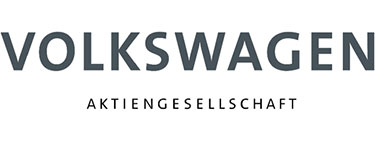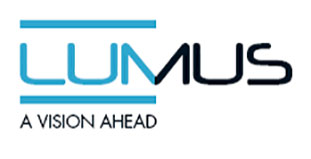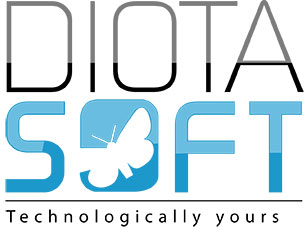A Look Into Medical Augmented Reality
SCHEDULE INFORMATION
| Session Title | Room | Start | End |
|---|---|---|---|
| A Look Into Medical Augmented Reality | HS3 | Tuesday 09 Sep, 2014 09:00 AM | 05:30 PM |
Organizers:
Yuji Oyamada, Waseda University, Japan
Organizers:
Pascal Fallavollita, Technische Universität München, Germany 
















